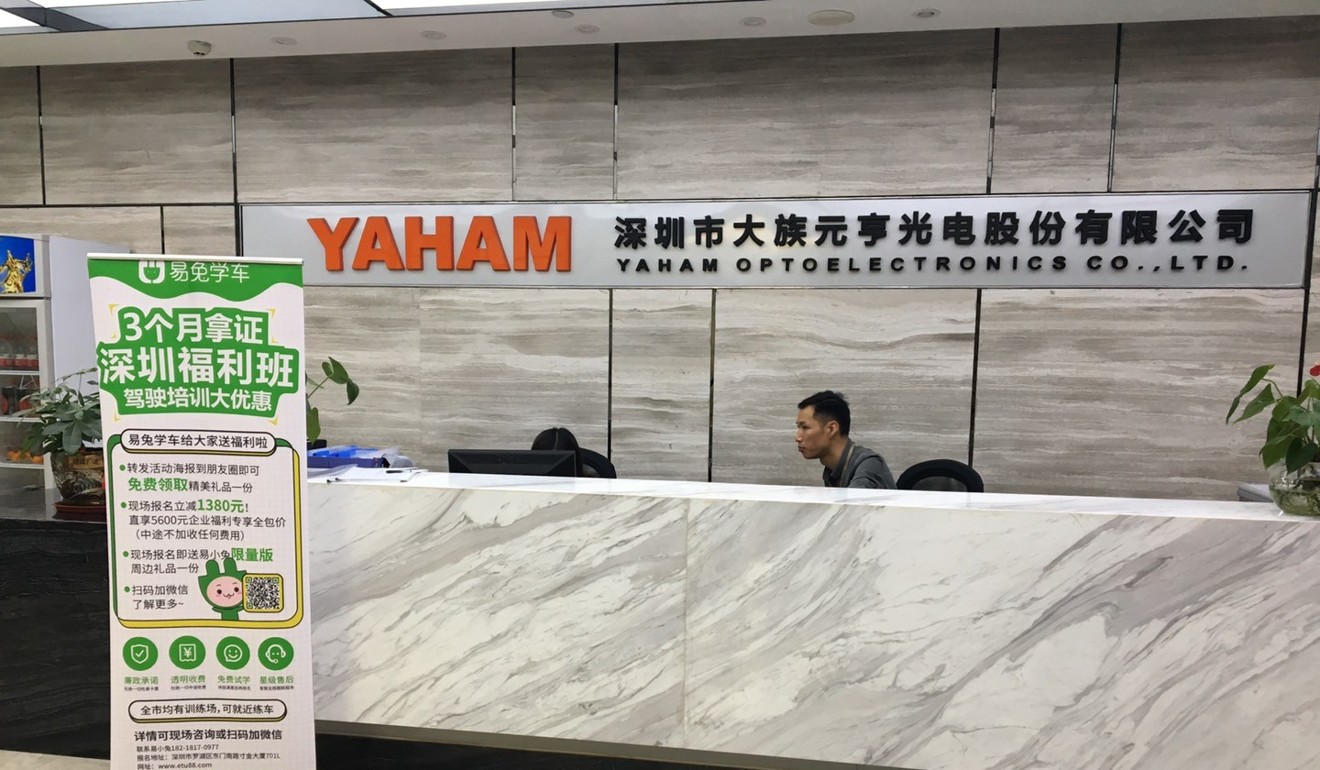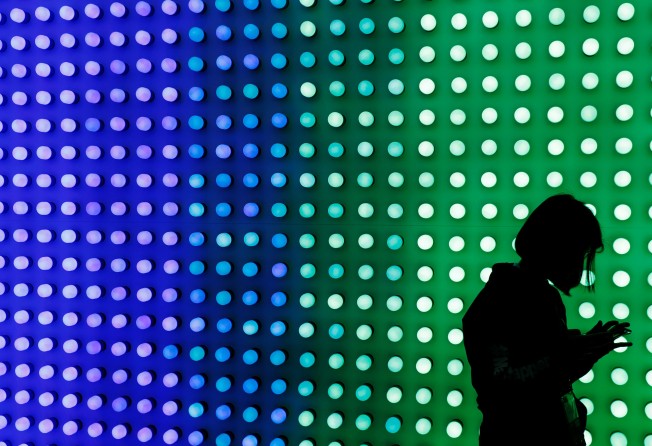
Chinese firm still keen on US electronics market after avoiding prosecution in LED display patent case
- Sansi Electronic Engineering named in a patent infringement complaint by Ultravision Technologies regarding modular LED display panels and components
- Ultravision terminated the investigation after entering into a confidential agreement with Sansi, according to the US International Trade Commission

Shanghai-based Sansi Electronic Engineering will still pursue building their electronics business in the United States having avoided prosecution in a larger-scale patent infringement case launched by an American rival.
The complaint, against 40 companies including 11 from China, was first filed by Dallas-based Ultravision Technologies to the US International Trade Commission (USITC) in March 2018, just before the trade war between China and US broke out.
Ultravision alleged the firms violated US law concerning “unfair practises in import trade” regarding US patents on certain modular LED display panels and components.
However, the USITC closed its case at the end of last month after Ultravision moved to terminate the investigation having entered into a confidential agreement with Sansi.
“Despite the difference in views between China and US, [our case] shows that the US is still fair and transparent for businesses,” said Chen Ming, a director and deputy general manager for Sansi’s overseas operation.
“We are looking forward to invest and develop products for our clients. We haven’t changed our direction [because of the case] and we’ll push to work closer with our US partners.
“This case has lifted our confidence in the US market. We are also very confident in our technology.”
The case highlights the intense competition between Chinese and US companies in advanced manufacturing as firms from China are increasingly targeting the North American market for expansion, bringing in competitive products at cheaper prices.
The patent rights dispute also points to the growing concerns from the US and Europe, China’s biggest trading partners, over forced technology transfer, theft of intellectual property and government subsidies.
The global LED display market is a high growth area for manufacturers, and according to research firm Futureforce Consulting, the sales of LED displays hit US$5.3 billion in 2017, with US$1 billion of that in North and South America.
As such, the competition between US and Chinese firms is only going to become more fierce, according to US-based Eric Virey, senior market and technology analyst at Yole Développement, a French research company.
“In the large LED videowalls market such as those involved in the Ultravision litigation, the industry is extremely fragmented. There are dozens of well implanted US manufacturers and hundreds of manufacturers in China with product quality ranging from the worst to the best,” said Virey.
“The number one company worldwide, however, is already a Chinese company, Leyard, which expanded its market share in the US significantly after acquiring local player Planar in 2015.”
While Chinese companies like Leyard might have gained more market share in the US through acquisitions, US firms still have the upper hand in the business-to-business market, said Virey.
Chinese firms are also now producing quality LED products in the high-end segment of the market that are comparable to market leaders such as Sony and Samsung, although they have not been able to shake off their poor quality reputation among US consumers, according to Virey.
And, intellectual property (IP) remains an issue for Chinese firms wanting to succeed in the US market.

“In many cases, Chinese companies do have the technical ability and know-how to manufacture a given technology, but they don’t own the corresponding intellectual property which limits their ability to export products outside of China,” added Virey.
“We’re seeing the leading Chinese firms aggressively expending their intellectual property portfolios through a combination of strong internal [research and development] as well as acquisition and licensing.”
Ethan Ma, a partner at law firm Orrick in Shanghai which represented Sansi as well as fellow Chinese companies CreateLED Electronics and Yaham Optoelectronics in the USITC case, likened the disputes in LED market to those that have taken place in the smartphone market involving the likes of Apple, Samsung, Huawei and HTC using their patent rights to fend off rivals.
“Of course, there is also a possibility that some companies are exploiting the trade conflict [between China and US] to their advantage, at least, psychologically,” said Ma.
“But we haven’t seen a significant increase [in patent lawsuits] because there have always been cases as such.”
Ma added Chinese companies are now more willing to pay for patent rights to protect their own intellectual property.
“In the past, some Chinese firms treated [paying for patent rights] like an extra cost and it was something they wanted to avoid. Now they are more willing to invest to build their own IP portfolios, to protect their designs and their innovations. They also need to think about leveraging their own IP.”